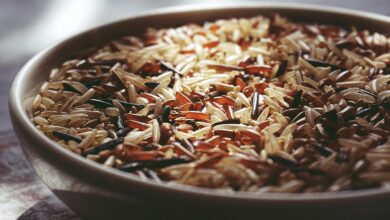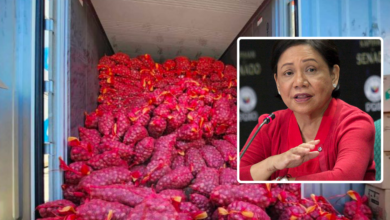
Rice Tariffication Law (RTL): The Other Duterte Legacy
In these troubled times, one huge piece of good news that we feel deserves more attention is the Rice Tariffication Law (RTL). Once considered controversial, it drew a lot of flak from critics of the administration when it was enacted. Perhaps you’re wondering whatever happened to this, and did it ever deliver on all its supposed promises. Well, the short answer is yes – we are literally reaping what we sowed!
The RTL was enacted in February of 2019. We previously wrote about it, explaining how exactly it resolved the decades-old problem of the rice industry in our country.
As early as last year, there were already indications that the RTL is exactly what our farmers needed, specially in the time of the pandemic. However, the RTL continues to have its critics up to today.
Let’s allow the achievements of this law to speak for itself:
Starting to reap the benefits
The Department of Agriculture (DA) recently said that the RTL is “beginning to pay off”. That the country is starting to reap the benefits, especially during this pandemic.
DA Secretary William Dar recently reported that due to the RTL, palay production and farmgate prices have increased, resulting in affordable rice for consumers.
“The RTL is a transformative but disruptive policy reform. While we have anticipated transition to take time, the benefits that it brings to both consumers and palay farmers during this time of crisis cannot be denied,” said Dar.
He explains that the RTL directly contributed to the stabilization of rice prices during the pandemic. In turn, this helped temper food inflation in the past few months.
This isn’t the only positive thing about the RTL. A key component is the establishment of the Rice Competitiveness Enhancement Fund (RCEF), which is a game-changer for the agricultural sector.
A constitutionally-protected allocation for our farmers
As we previously explained, the RCEF guarantees an annual budget of ₱10 billion for our farmers. The allocation is as follows:
- ₱5 billion (50%) – procurement of farm equipment (tillers, tractors, threshers, etc.)
- ₱3 billion (30%) – development, promotion, distribution, and production of seeds
- ₱1 billion (10%) – credit for farmers, with 2% interest per year
- ₱1 billion (10%) – to training programs for teaching skills on production and modern rice farming techniques
The government has made good with this promise, despite the pandemic.
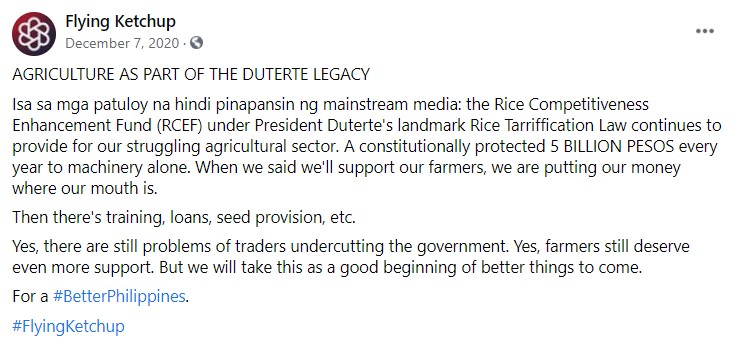
Farmers have already started to reap the benefits of this ₱5 billion allocation to farm equipment. This is a constitutionally-protected yearly allocation to address the issue of the mostly outdated farming machines of our farmers (or lack thereof).
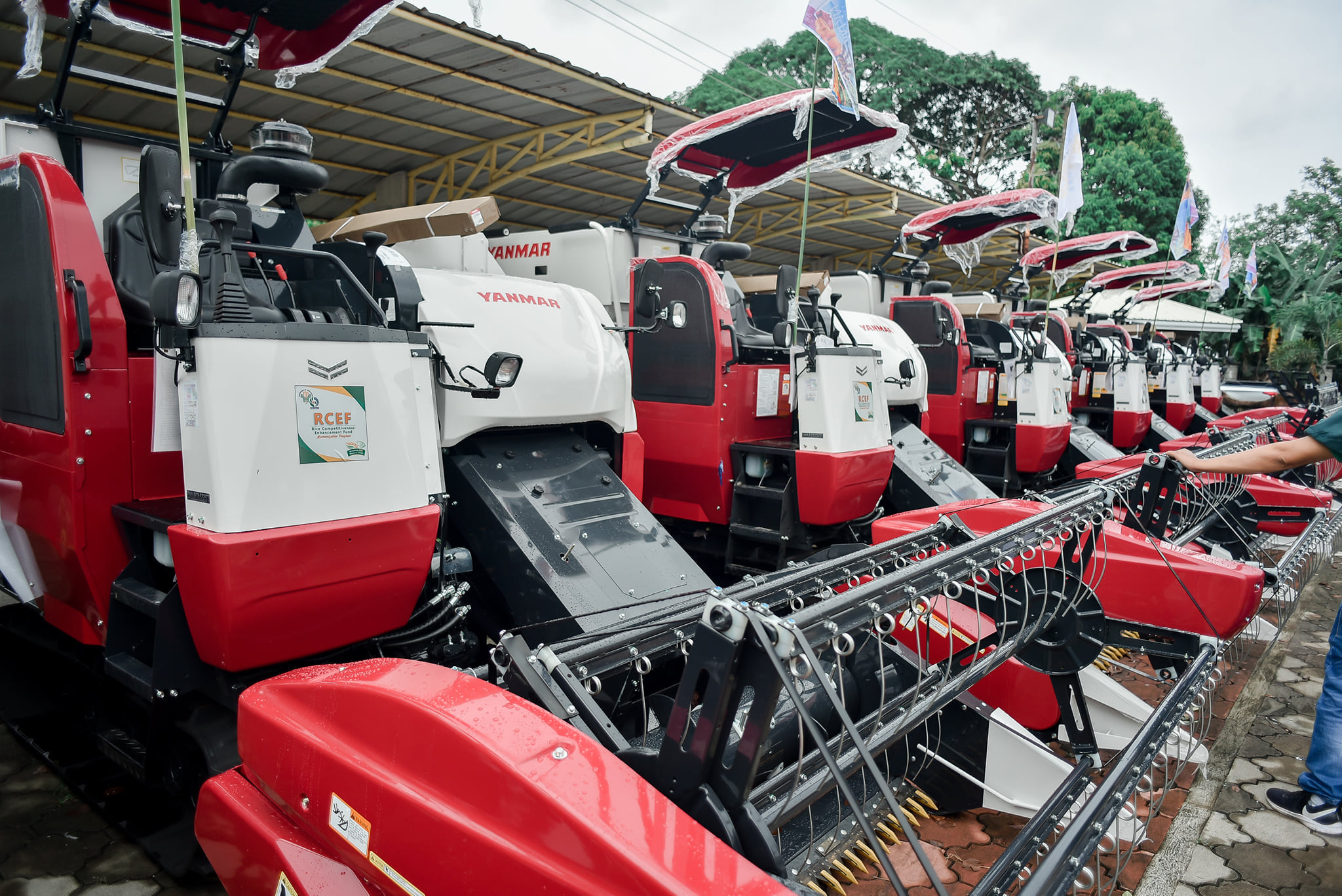
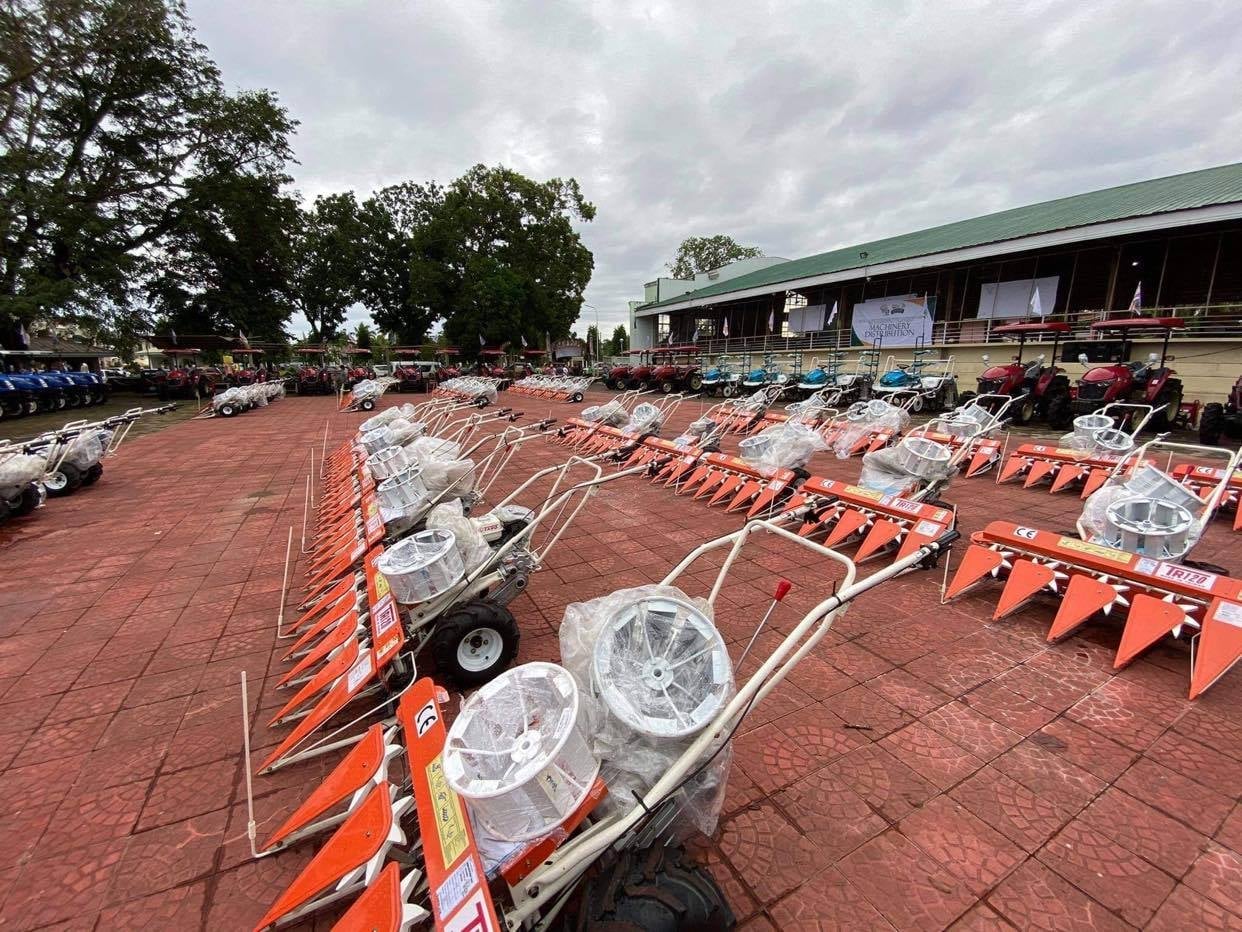
RELATED: [2021: A Promising Year for Urban Gardening in the PH]
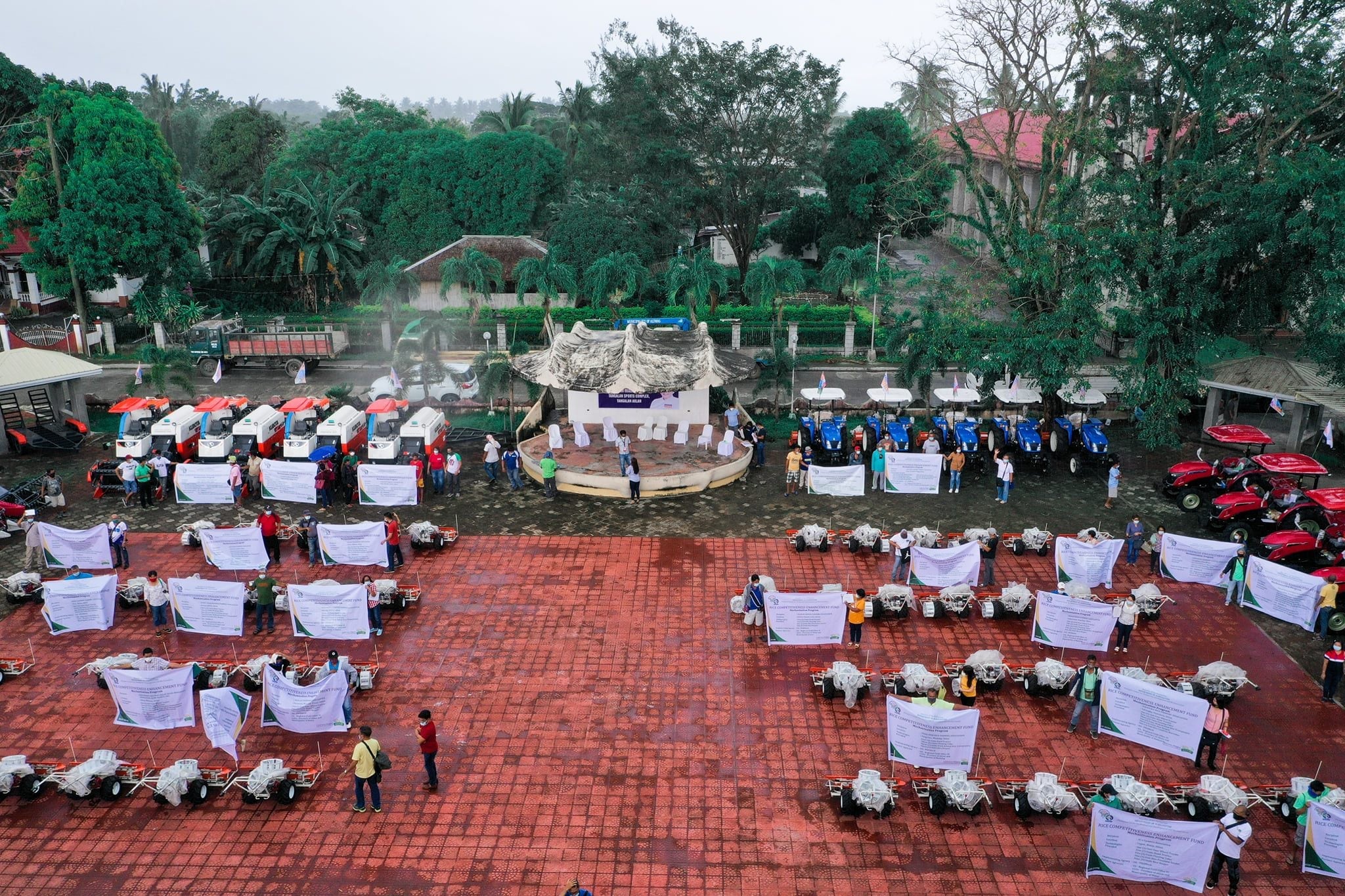
It isn’t just about brand new farming tools and implements either. The RCEF has set aside a guaranteed annual budget for the farmers themselves. They now have access to higher yielding seeds, and the corresponding training to further improve their processes.
Higher yields recorded; PH on the way to rice self-sufficiency
As a direct result of the RCEF and the Rice Tariffication Law, our farmers have been producing more rice. This in turn assured them greater income since last year.
In a survey by the Philippine Rice Research Institute (PhilRice), respondents reported an additional yield of 440 kilograms per hectare.
PhilRice explains that this translates to additional earnings of nearly ₱7,500 per hectare for our farmers. This is additional income that our farmers and their families depended on at the height of the COVID-19 lockdowns last year.
The DA mentioned that it is targeting an even greater increase in unhusked rice output for 2021. Due to the RTL, the department is confidently targeting an output of 20.4 million metric tons (MMT). Last year, we recorded an already impressive yield of 19.44 MMT.
This increase in performance of our agricultural industry led to a decline in rice imports for the Philippines last year. The country has traditionally been a major importer of rice, despite being a rice producer, because our supply was too low. With the RTL, we are closer than ever to becoming fully self-sufficient. If the DA’s target is achieved, the country will have a 95% self-sufficiency level in rice.
These are the facts. The Rice Tariffication Law has indeed been a huge part of the Duterte Legacy. We are excited to continue to reap the benefits of the RTL, and we are thankful that our farmers are now assured of a better future.
God bless the Philippines and Filipino farmers!

